It all began with an email.
In early September, 82 volunteers for the Art Institute of Chicago received notice that their services would no longer be needed. After 60 years, the museum’s docent program was being restructured, and the majority white volunteers were let go to make way for a new program that would employ paid educators in addition to more diverse volunteers. The move, intended to be a step toward equity, set off a national conversation about what museums can—and should—do to ensure that their visitor experiences reflect the diversity of their communities.
Op-ed writers of the Wall Street Journal and the Chicago Tribune criticized the move, calling it “weaselly” and “shortsighted.” However, the museum’s Board of Trustees has continued to stand by the decision with board chair Robert M. Levy, writing in a Tribune op-ed that he is confident the change will serve as an example of how other cultural institutions can approach education.
Sheridyn Villarreal, a curatorial and exhibition assistant at the Museum of Contemporary Photography, said that is precisely what will happen.
Any decisions that the Art Institute or the other art museums in the city make “does affect how people work across the country,” Villarreal said, adding that other international art museums follow what happens in American museums.
Chicago, visitors at some of the city’s museums reflected on the Art Institute’s move. Most acknowledged that they had not heard of the controversy over the fired volunteer docents until a reporter told them about it.
“It’s just wrong,” said Stacey Smith, 49, while visiting the Museum of Contemporary Art. “It’s wrong to fire people on their race.”
Jazmin Reyez, who identifies as Mexican American, felt the same. “It shouldn’t matter what financial status or ethnicity the volunteers are,” Reyez said. “That’s discrimination. Maybe people of color aren’t able to volunteer because they have obligations, such as taking care of their kids and going to work.”
JaShawn Jordan, a junior at Depaul University, isn’t sure that disbanding the volunteer program got to the root of the issue. “Volunteers are very important for a lot of things, so I see the idea of getting diverse volunteers, but I don’t think it solves the problem,” said Jordan, who was visiting the Design Museum of Chicago on a day off from classes.
Catalina Gaete, 37, from Chicago, who visited the Frank Lloyd Wright home in neighboring Oak Park, questioned why the Art Institute did not simply recruit and add diverse volunteers to its existing group.
“As [a] Latina minority female, I do 100% believe in diverse employees and staff in any business, whether they are volunteers or not,” she said. “But I think it’s a little ridiculous that white women were let go just because they need to diversify.”
In fact, several museum visitors, including Rochelle Padre, 29, from San Jose, said it was the way the Art Institute went about diversifying its volunteer program that was problematic. Padre also wondered what was lost in terms of the docents’ institutional knowledge.
“I’m sure these docents have had a lot of experience at the museum, so maybe a smoother transition will have benefited the museum better,” said Padre, a scientist. “I also do think people should ultimately be compensated for their time because it is a lot of work to participate,” especially at a place like the Shedd Aquarium, where she visited recently.
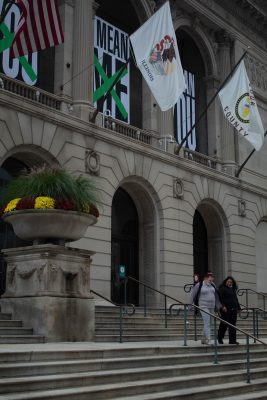
Visitors attempt to enter the Art Institute of Chicago on Nov. 9th. However, the museum is closed on Tuesdays. | Candice Crisp 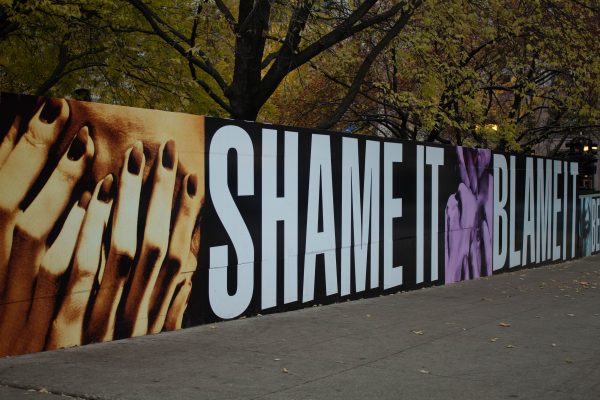
The Art Institute of Chicago has put pieces of Barbara Kruger’s work around the museum’s exterior to promote the Thinking of You. I Mean Me. I Mean You. exhibit. This piece is a part of Kruger’s mixed media on vinyls.
Emily Koch, 23, from Lisle, Illinois, said she hopes some of the docents from the previous program will reapply and get their positions back.
But “Diversity is important everywhere,” said Koch, who visited the Museum of Contemporary Art. “We can’t just pick and choose where it matters.”
Elia Cervantes, a staff member at the National Museum of Mexican Art since 2019, said that while the Art Institute’s actions were dismissive of the current volunteers, she agreed that there needs to be more diversity, specifically more men volunteering. “Look around, we only have three male volunteers,” she said of the Pilsen neighborhood museum.
Several spokespeople for Chicago-area museums declined to comment on how the controversy was impacting their own volunteer programs.
Katy O’Malley, manager of media relations for the Museum of Contemporary Art, said its volunteer program has been on hold since the pandemic started. “I think we will have to pass on this one, although it sounds like it is a really important article for the conversation happening right now,” she said.
The National Docent Symposium Council, based in Berkeley, California, has a diversity and inclusion program that promotes best practices for the museum community. It is not a new initiative. The council has been spotlighting inclusive practices for several years, highlighting efforts at the Delaware Art Museum and the Tuscon Museum of Art, among others.
South Loop resident Kevan Bard, 48, often walks by the museum campus. In Chicago, he says, it’s a big deal for museums to have a diverse team of volunteers. “The city has a lot of segregation and a lack of understanding,” he said. “I think it’s great, it’s different. It takes a little bit of an adjustment, but it should.”
Aileen Carranza, Alina Pawl-Castanon, Candice Crisp, Camryn Cutinello, Olivia Cohen, Catherine Pineda, Kimberly Vazquez, Robin Sluzas, Nell Ambrose, Samaher Aburabah, Braden Bates, Tyra Ingram, Cierra Lemott, Alexis Norris, Jordan Perkins and Caitlin Tylka contributed to this report.

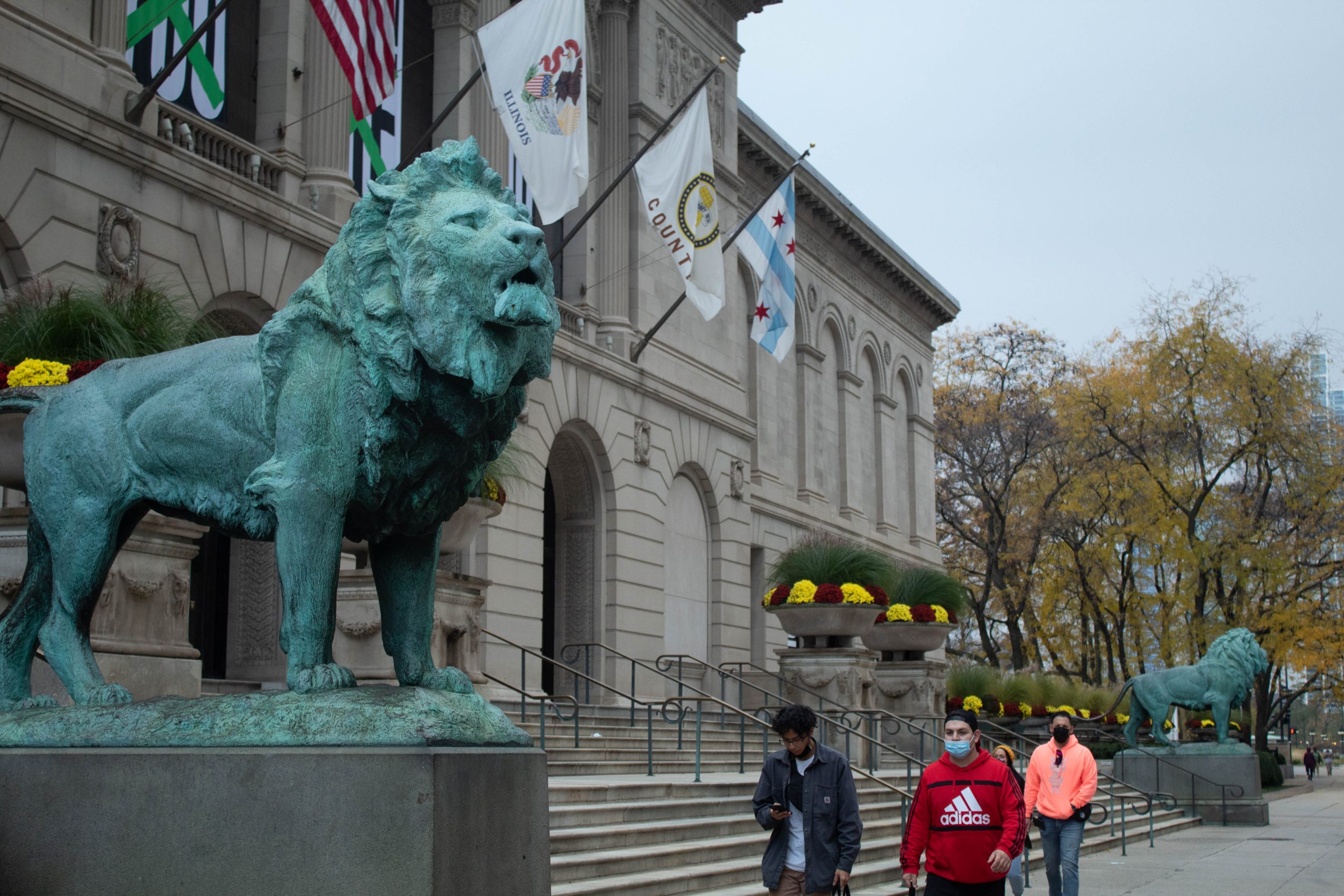
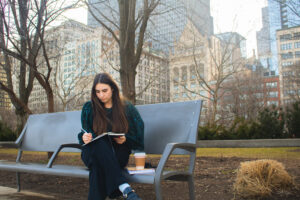

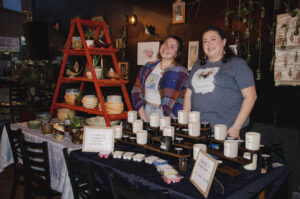
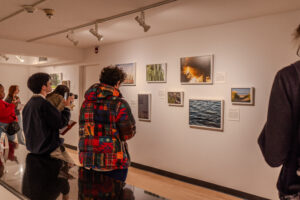


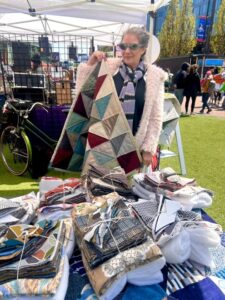
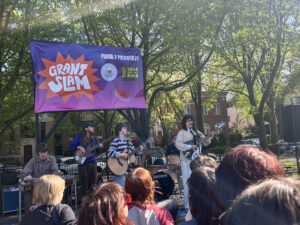

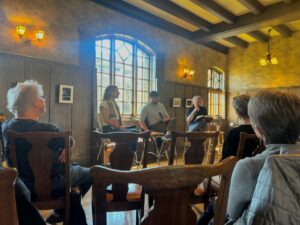
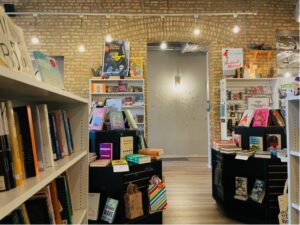





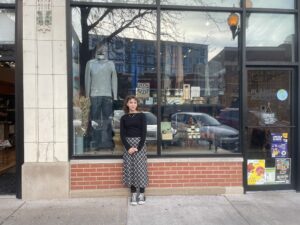
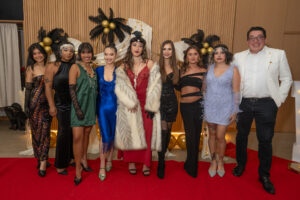
Be First to Comment